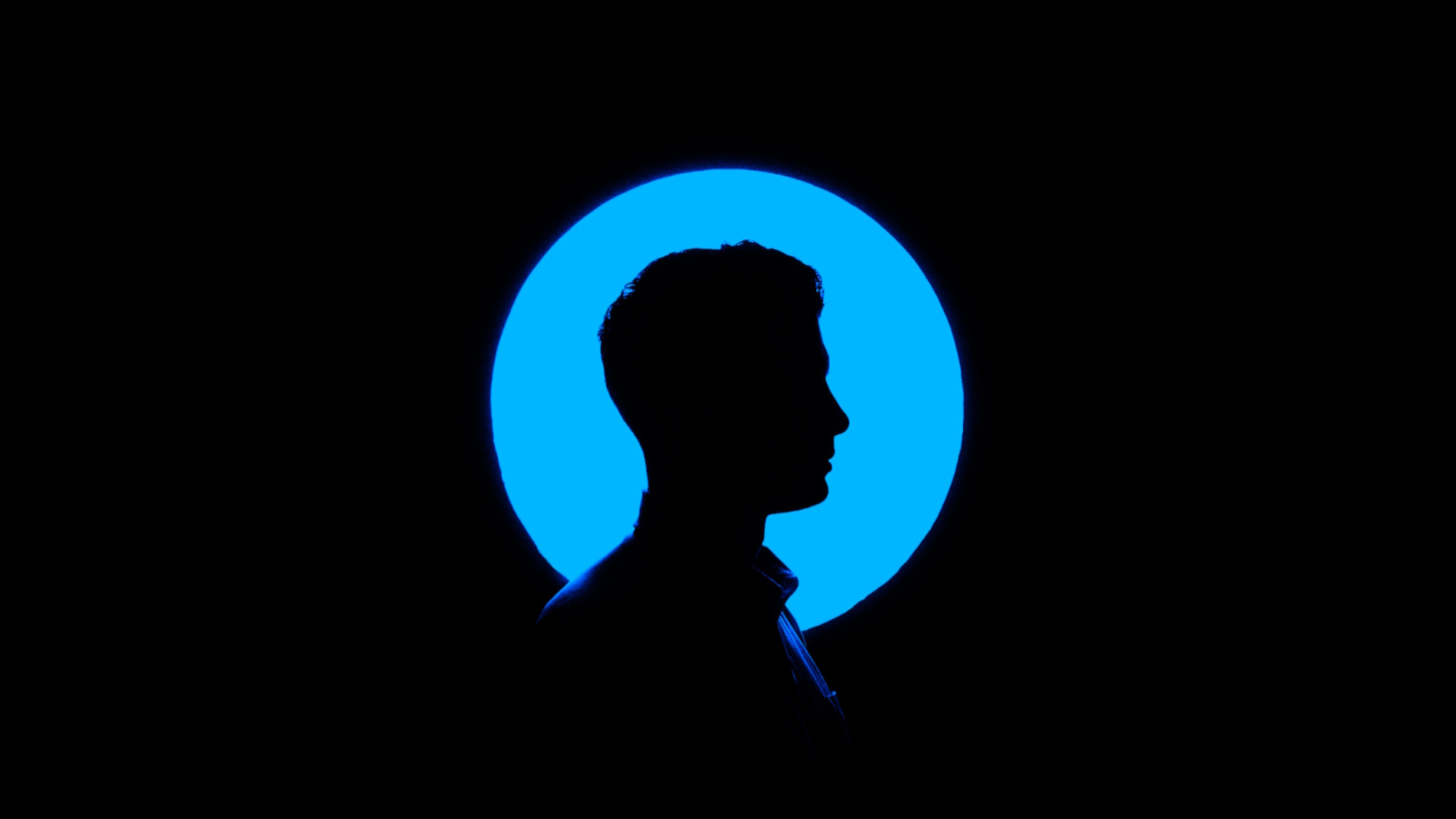Facial recognition (FR) technology is fast becoming a controversial issue, but it cannot be denied that this revolutionary tech can save us time.
Here are 5 ways that facial recognition tech is making the world more efficient.
It makes the airport experience a whole lot easier
An area in which facial recognition has truly made its mark is air travel. For some, airports are a stressful ordeal requiring the utmost organisation and round after round of tedious steps before you can board the plane. The use of FR can eliminate the need for tickets and boarding passes; therefore, airports that employ it afford customers the luxury of not checking in, saving lots of time and queuing.
The tech also allows countries to identify people who have overstayed their visa. In the US where the use of FR is widespread in airports, facial recognition had identified 7,000 passengers who overstayed their visas on the 15,000 flights tracked since their current system was employed. Critics argue that building up a database of millions of people’s photographs is a threat to civil liberties, but Trump is pushing for it to be in all airports in America within the next four years.
It can diagnose some diseases faster than a doctor
Face recognition AI can be used to diagnose diseases that cause detectable changes in appearance. For example, the National Human Genome Institute Research Institute uses face recognition to detect a rare disease called DiGeorge Syndrome, in which a portion of the 22nd chromosome is missing. Between 1 in 3,000 to 1 in 6,000 children are affected by the disease. Because the disease results in multiple defects throughout the body, including cleft palate, heart defects and learning problems, healthcare providers often can’t pinpoint the disease, especially in diverse populations.
Face recognition has helped diagnose the disease in 96% of cases. The technology, which was first trialled in 2017 was developed by Marius George Linguraru, D.Phil., M.A., M.B., an investigator at the Sheikh Zayed Institute for Pediatric Surgical Innovation at Children’s National Health System in Washington, D.C.
As algorithms get even more sophisticated, face recognition will become an invaluable diagnostic tool for many conditions.
It can track school attendance
The days of the school register could soon be over. In addition to making schools safer by detecting faces that should not be on school premises, face recognition has the potential to track students’ attendance. The savvy truant knows that attendance sheets can allow students to sign in another student who is ditching class, but facial recognition can make that impossible. China is already using the technology to ensure students aren’t skipping class. Tablets scan students’ faces and match their photos against a database to validate their identities. China is also using facial recognition technology to monitor how attentive students are in class. The “smart classroom behaviour management system,” or “smart eye,” uses three cameras positioned above the blackboard to track the children’s every movement and determine whether they are behaving and paying attention to the teacher.
It makes paying for things faster and more secure
Facial recognition can provide a faster way to pay for stuff securely. China FinTech company Ant Financial enables customers to pay for things online using facial recognition through their payment app Alipay, China’s biggest online payment platform.
In January 2019, Wenzhou city, Zhejiang province, became the first in China to extensively apply the act of “paying with your face” in their newly developed “smart business area” on the city’s iconic Wuma Street. Some 20 stores along the street have been equipped with the Alipay system called Dragonfly.
Law enforcement can fine you faster
Jaywalking is a crime that is often committed, but people rarely get caught. Not anymore, thanks to facial recognition. In China, where omniscient surveillance is employed, police wear glasses equipped with facial recognition technology in public places. Jaywalkers are automatically fined and swiftly notified through SMS when identified by the surveillance technology. The jaywalkers are then shamed on public screens.
This jaywalking detection technology may have some time to go until it can perfectly detect pedestrians cutting corners. Recently in the city of Ningbo, a camera caught a jaywalker at an intersection on Jiangxia Bridge East, but it turned out to be merely the face of a famous businesswoman, Dong Mingzhu on the side of a bus.
As the debate around facial recognition continues to rage, and fascinating uses of the technology keep coming to light, we can bet on a future where not much goes undetected.

